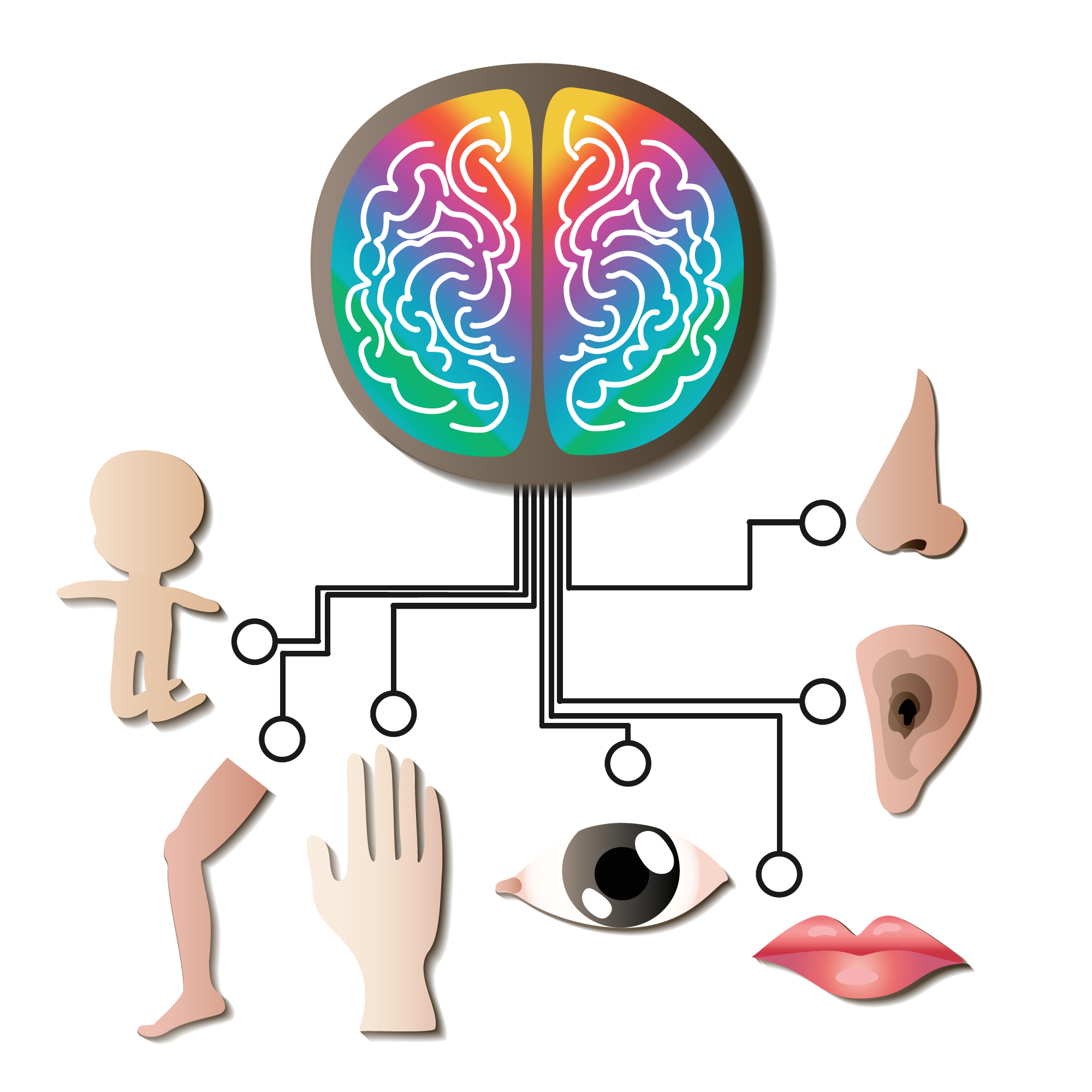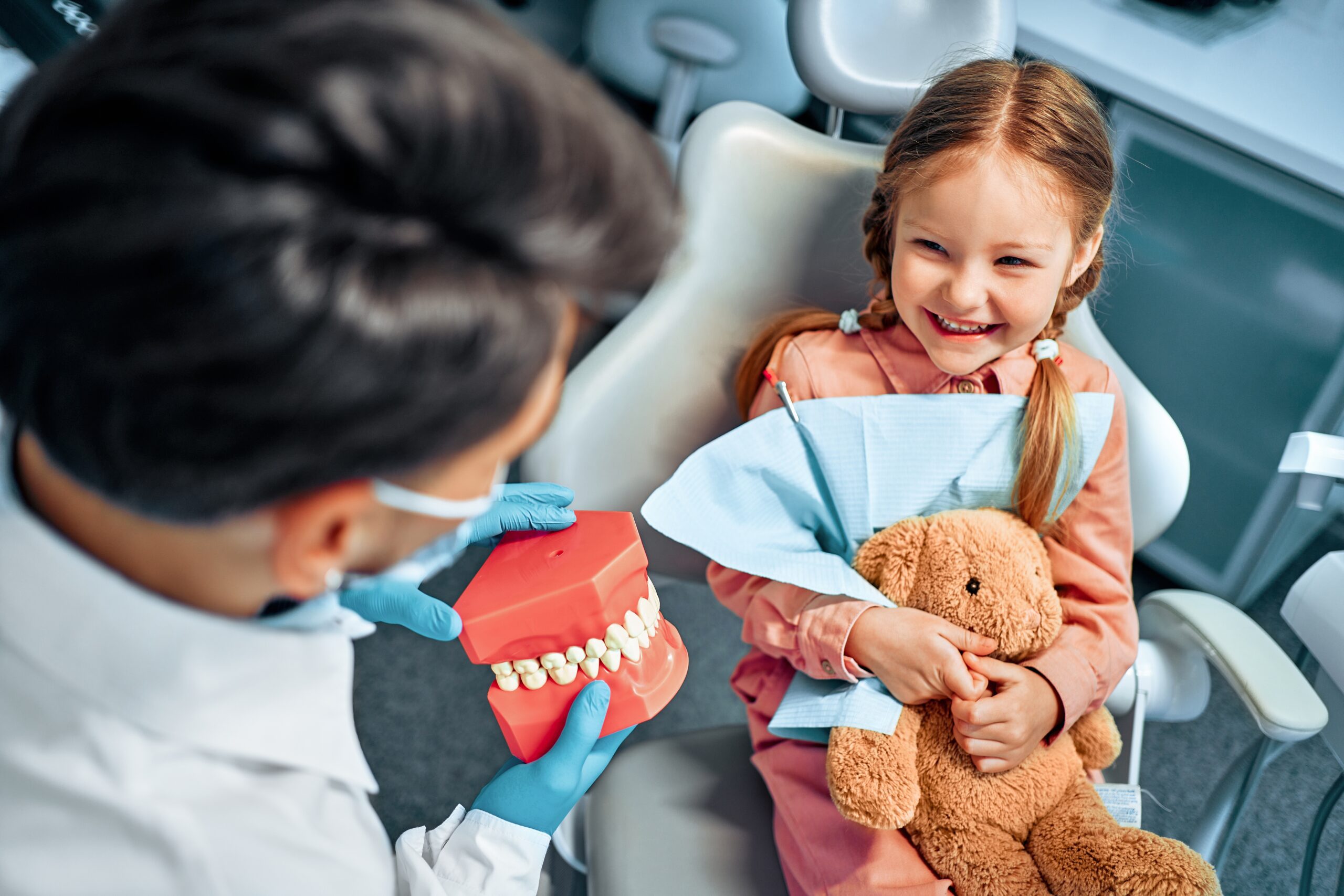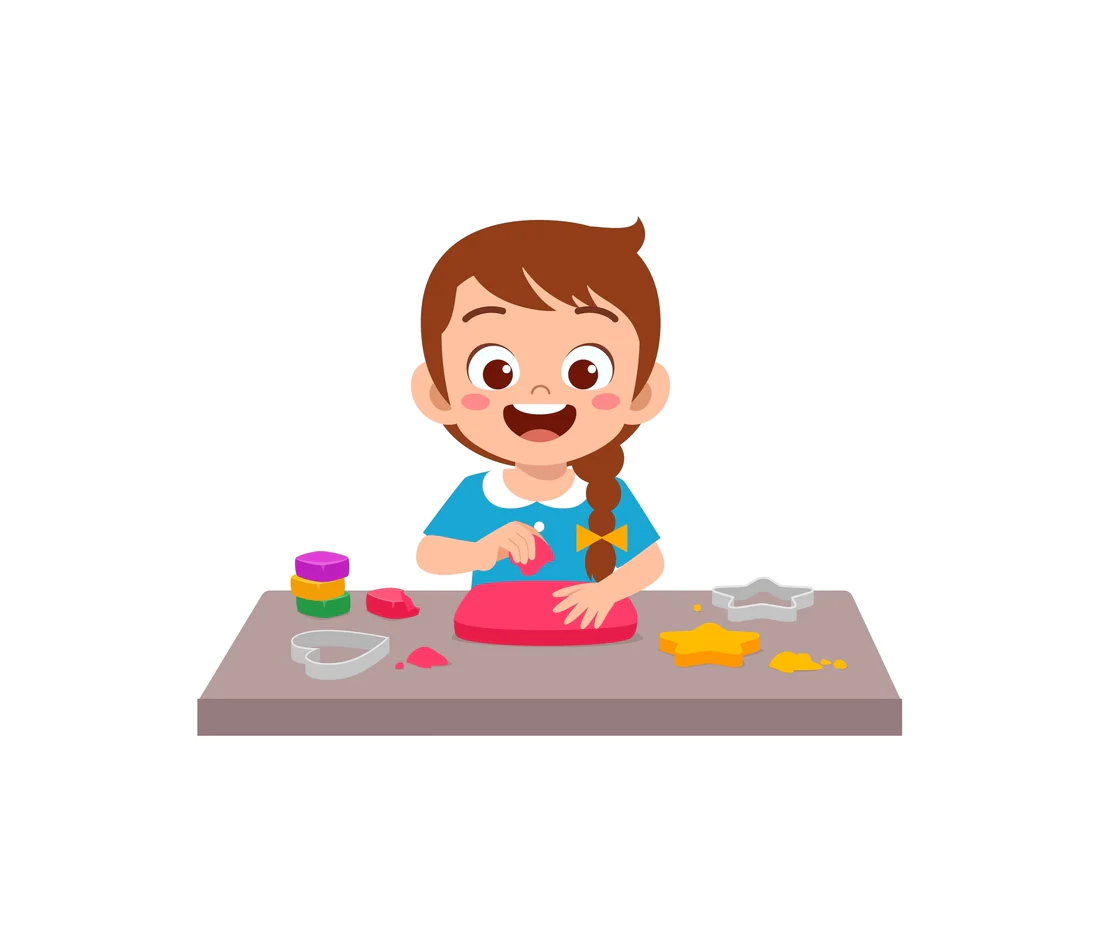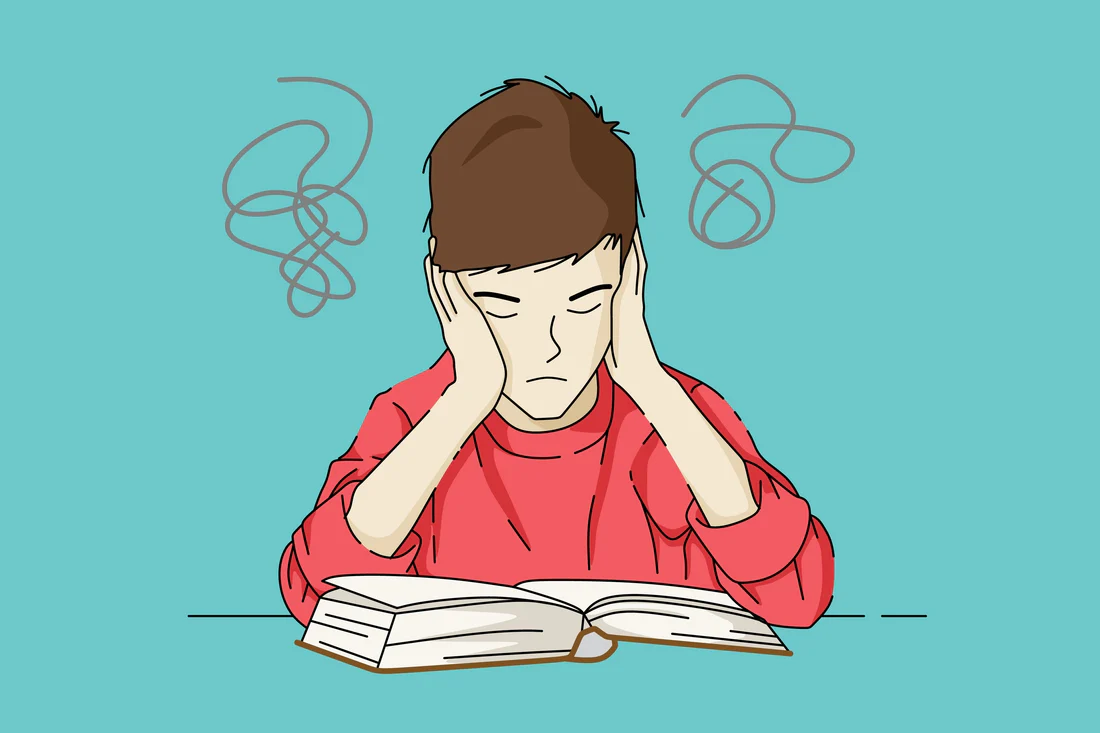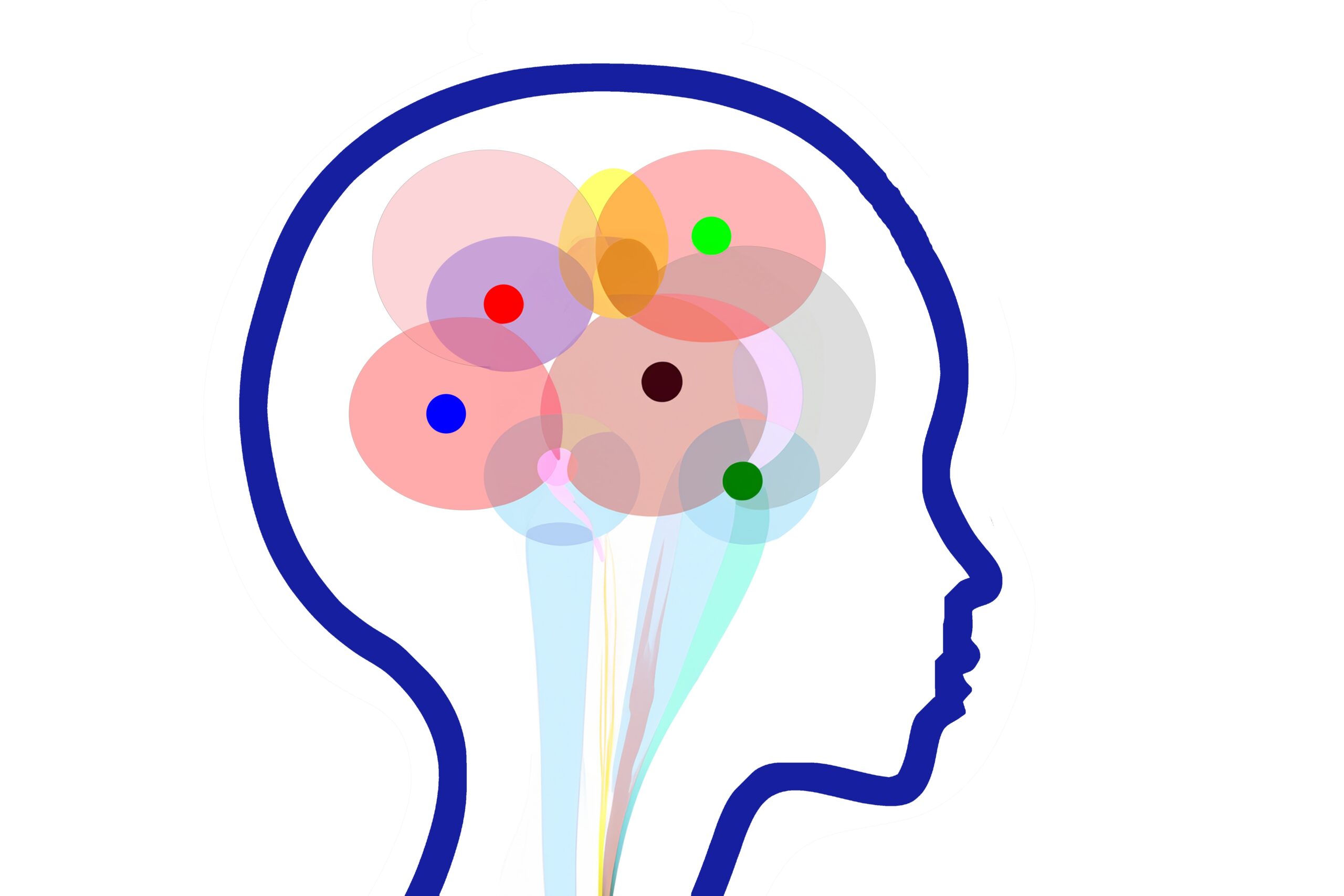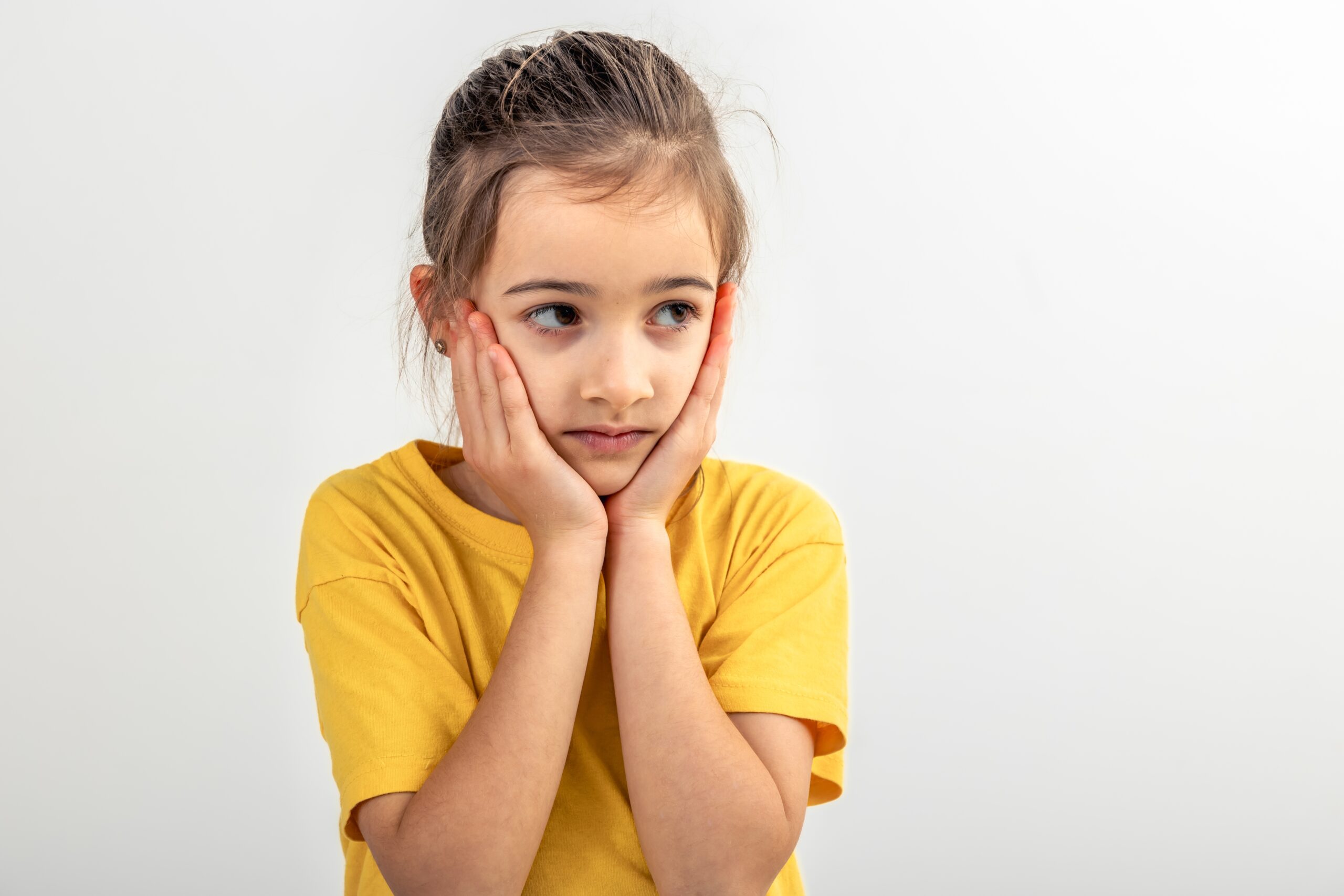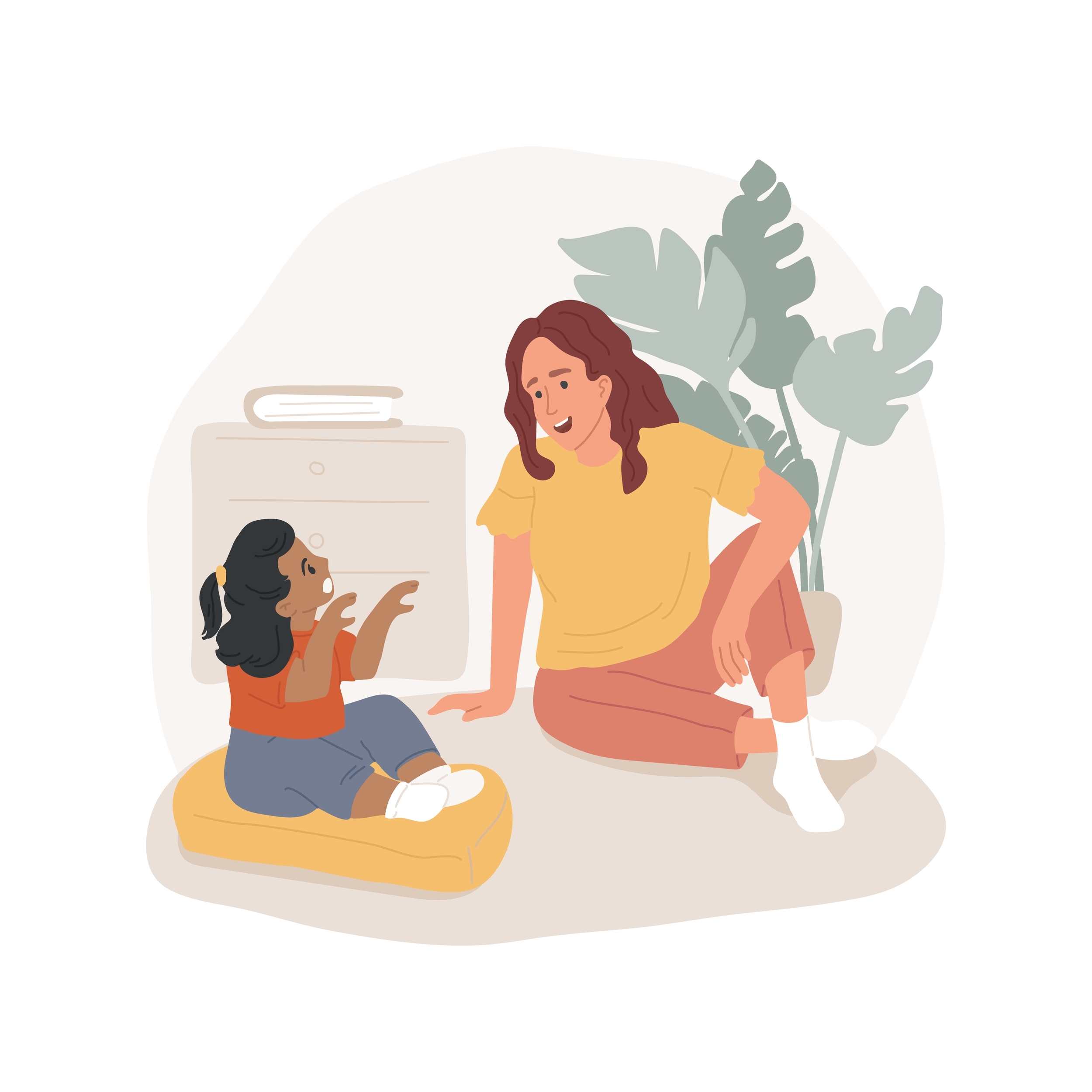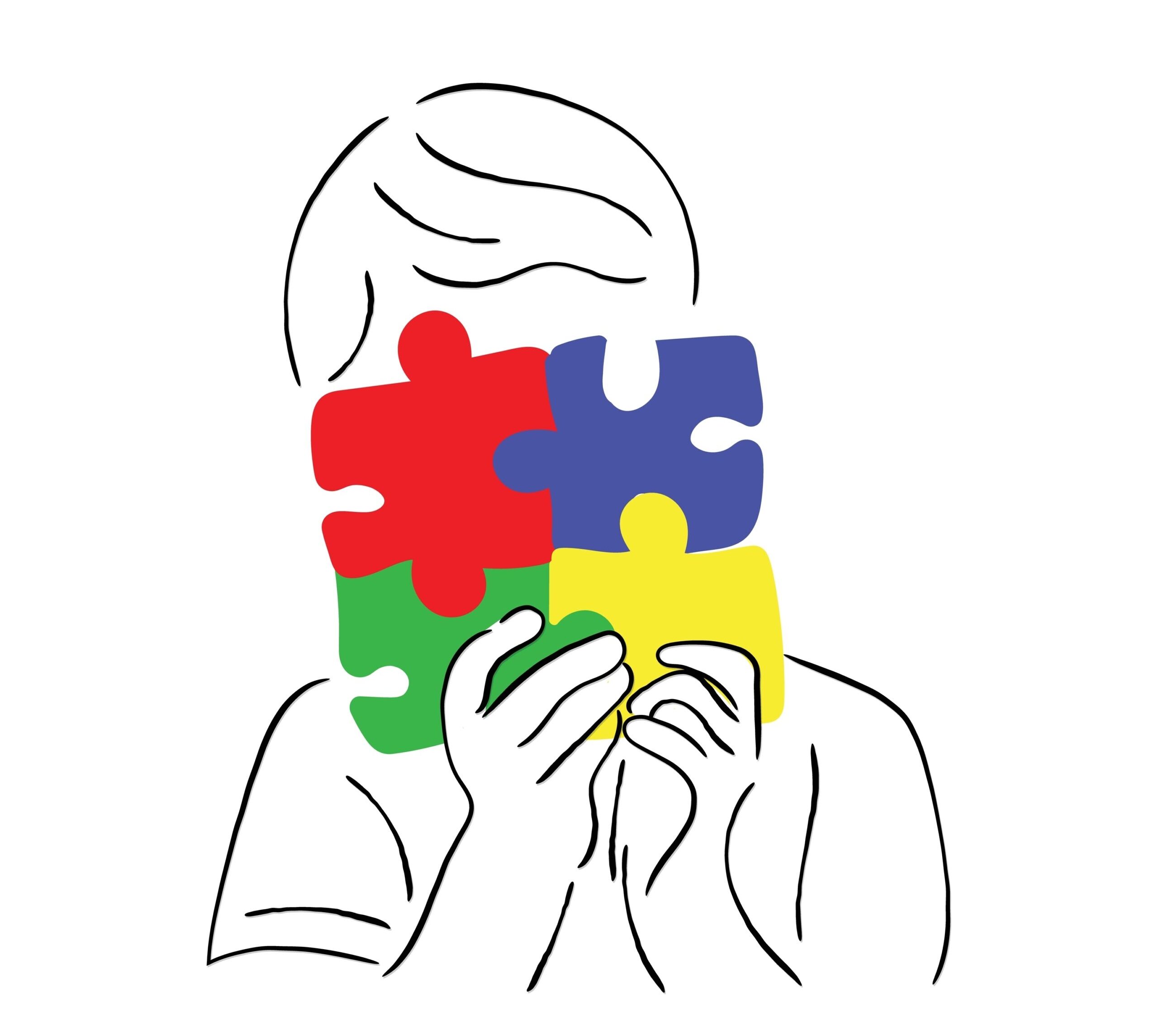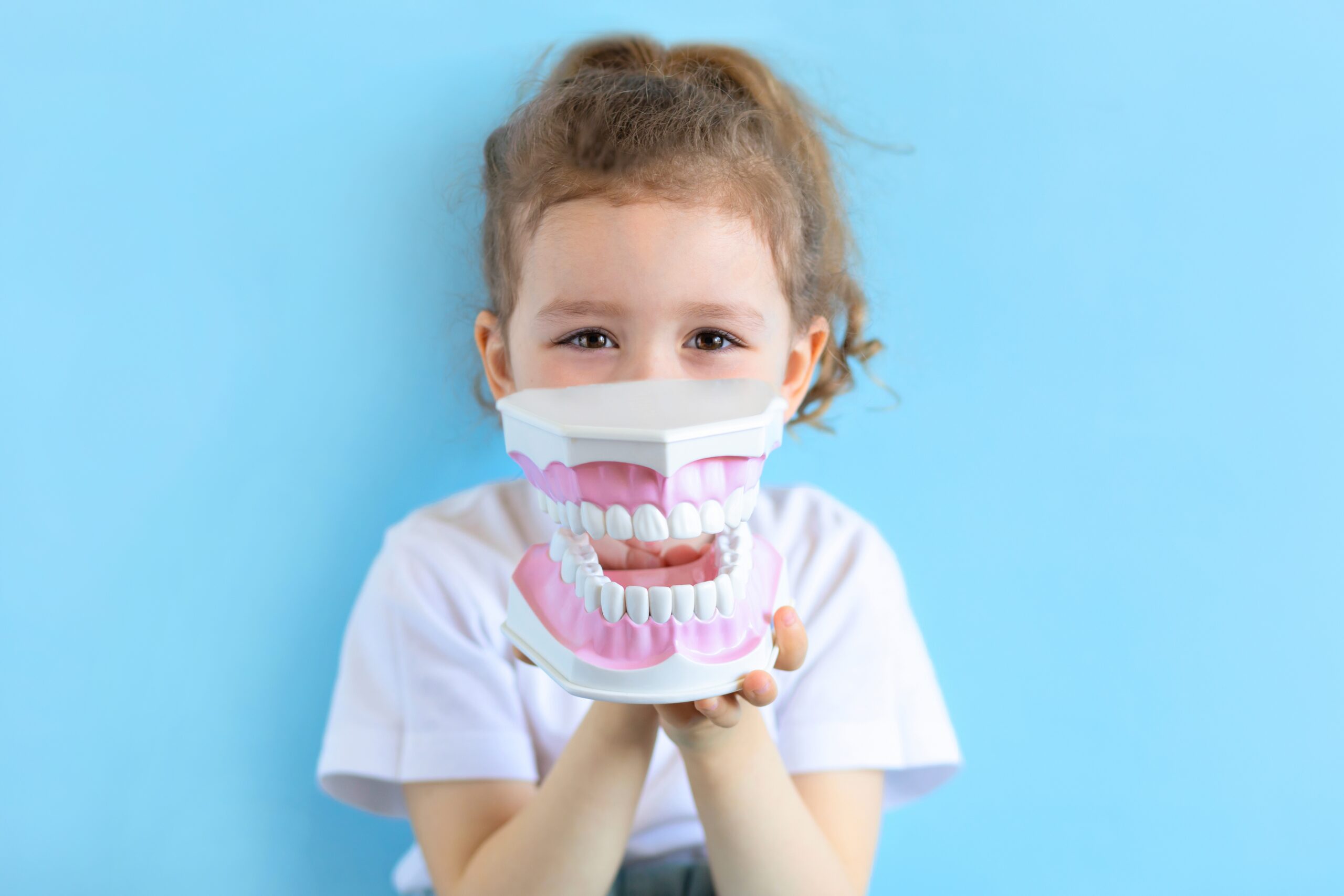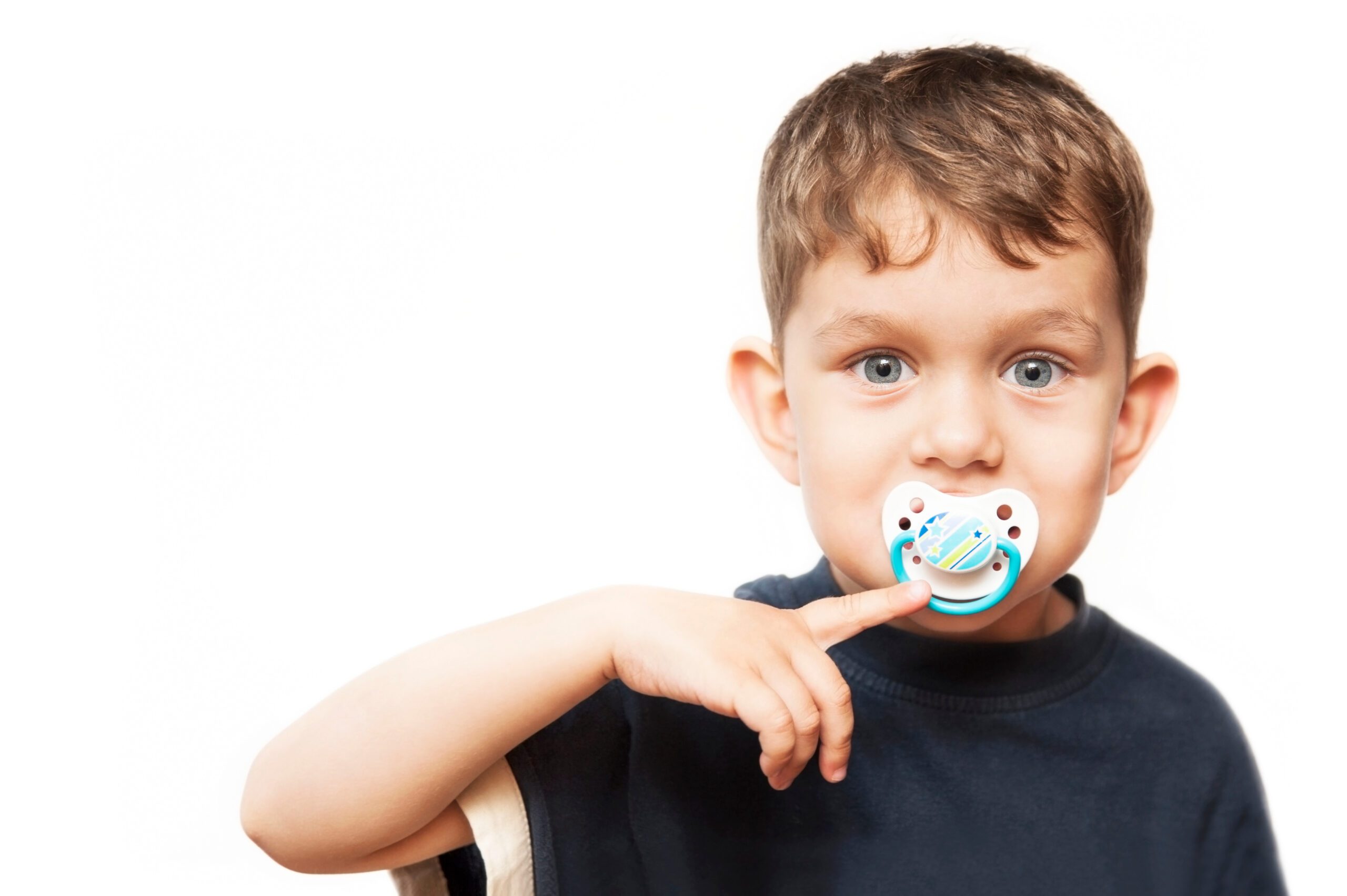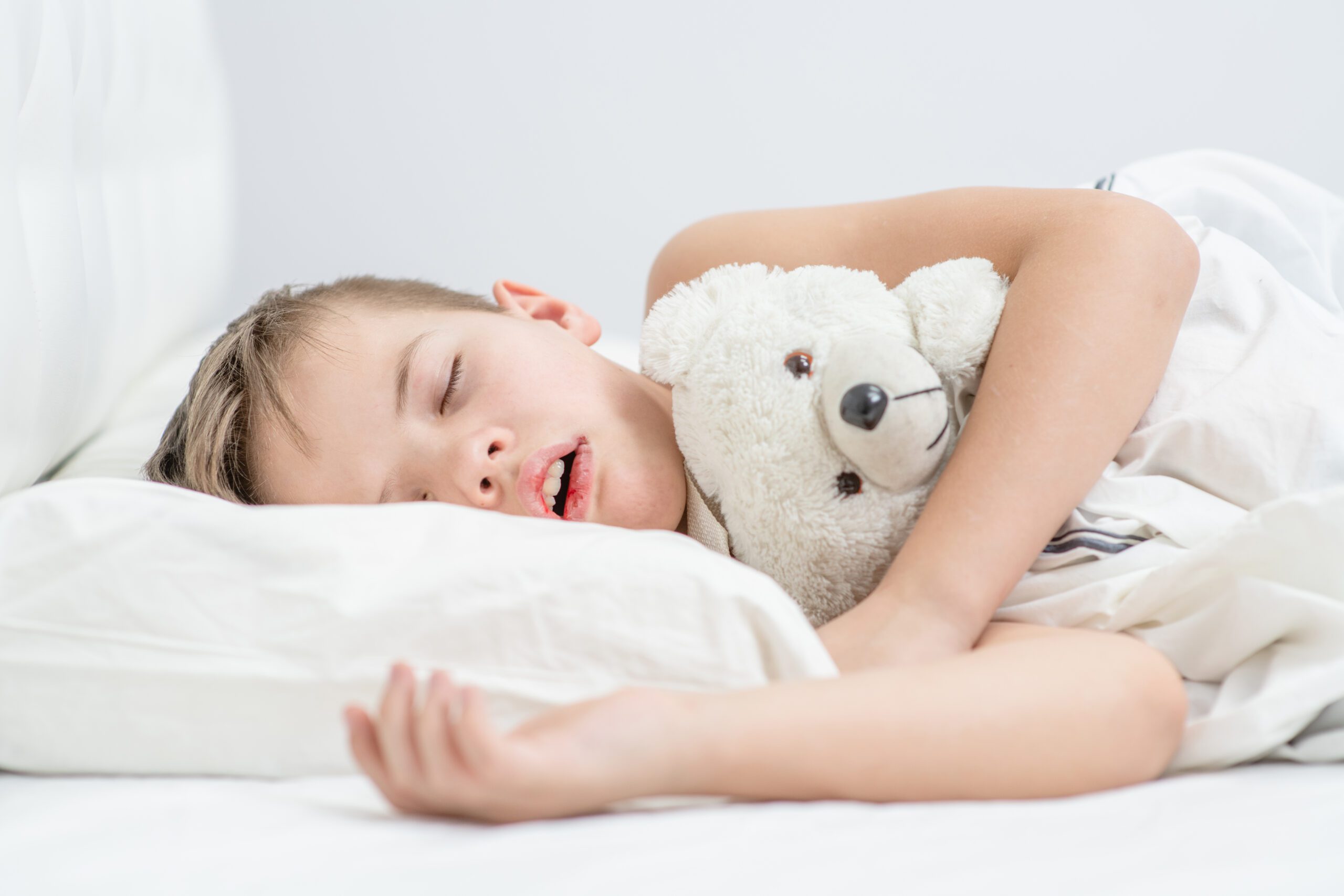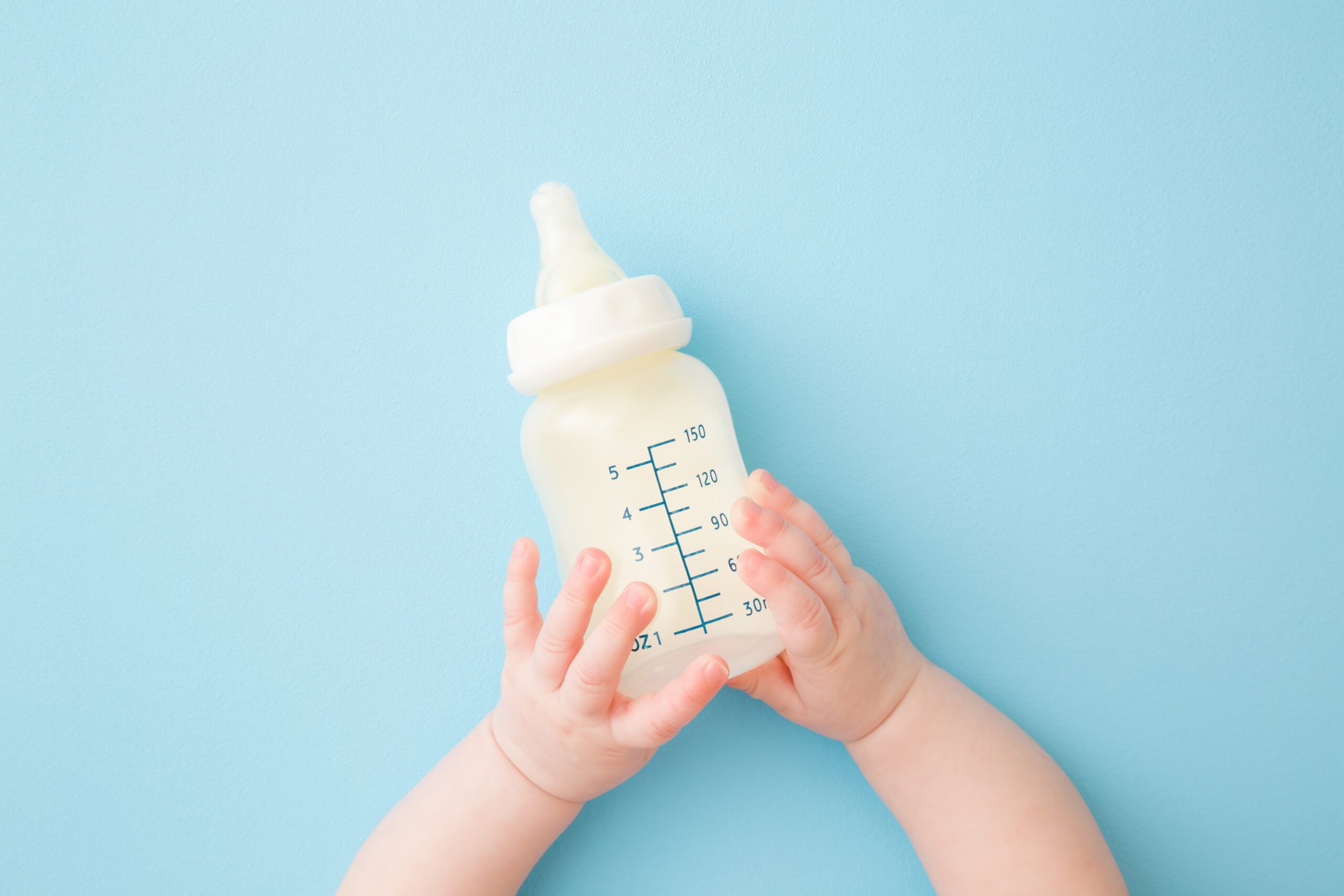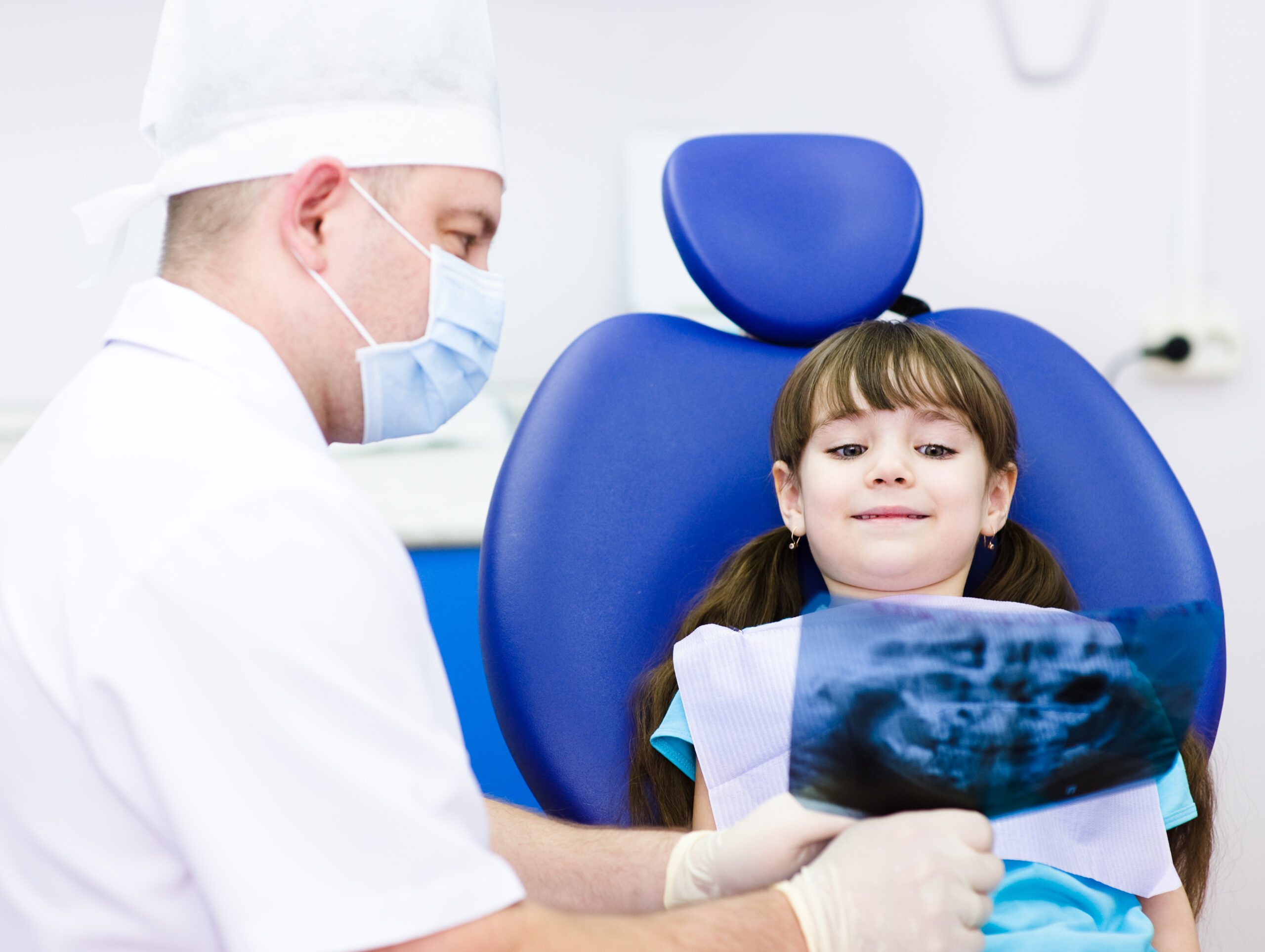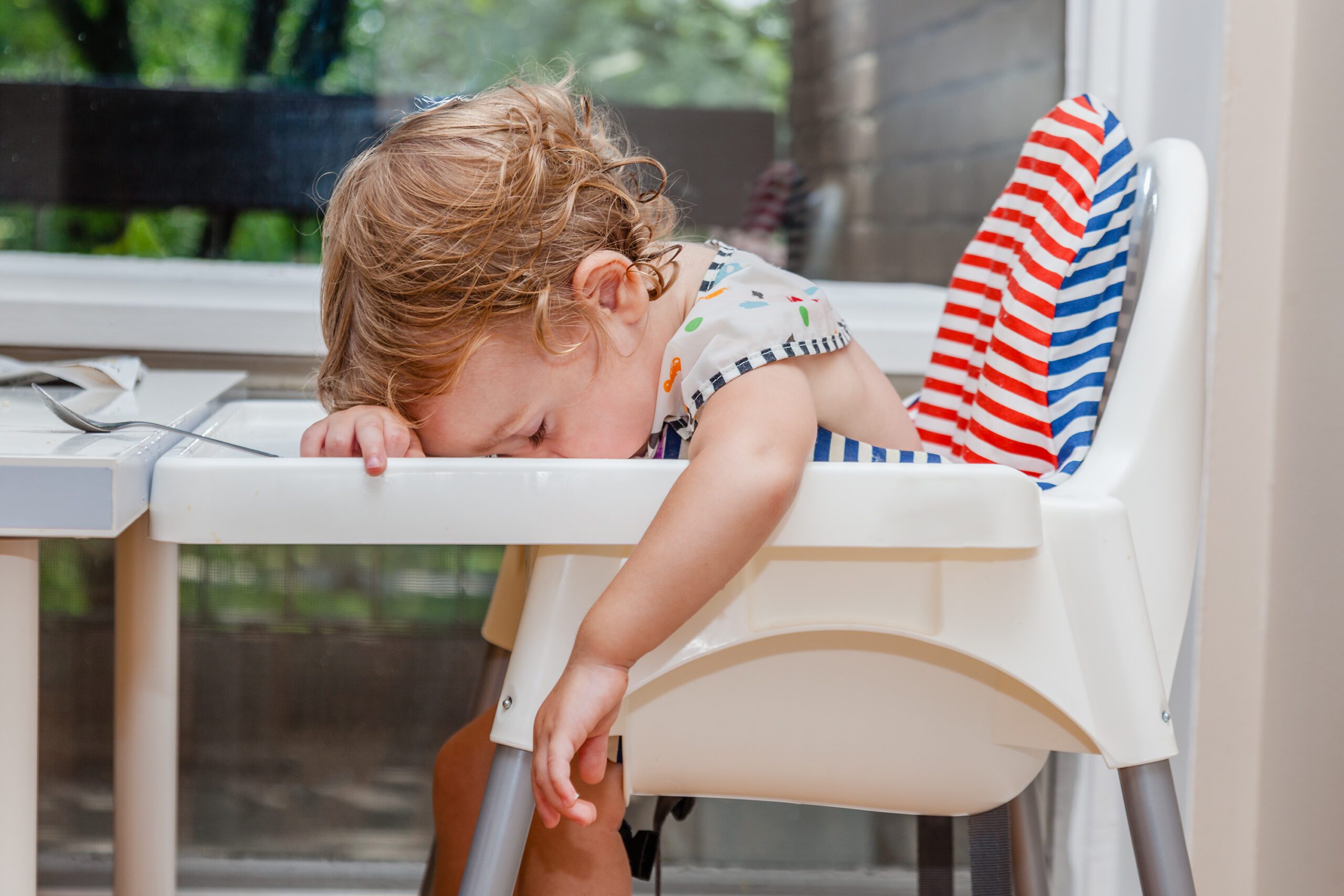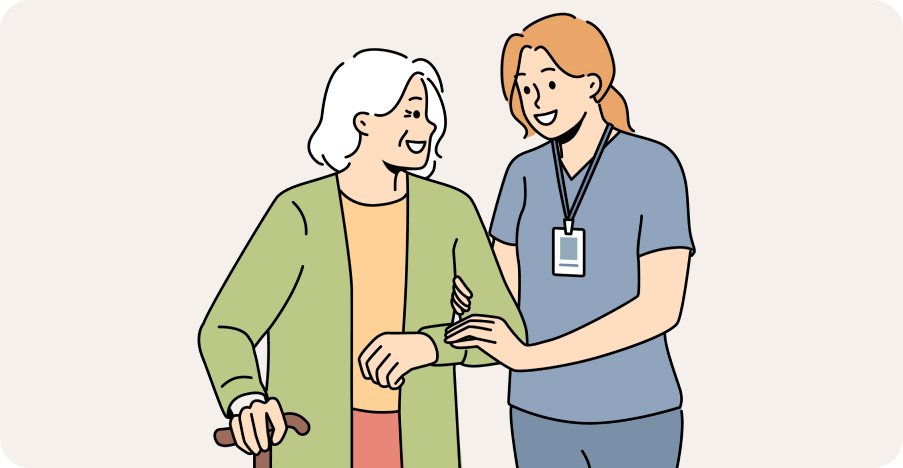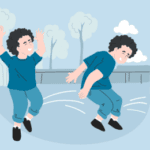
Behavioral & Emotional Disorders
- Oppositional Defiant Disorder (ODD) in Children: Symptoms, Causes, & Treatment
- Conduct Disorder in Children: Signs, Causes & Support
- Mood Disorders in Children: Signs, Support & Resources
- Social Anxiety in Children: Signs, Support & Therapies
- Generalized Anxiety Disorder (GAD) in Children: Signs, Support & Resources
- Selective Mutism in Children: Signs, Causes & Therapy Support
- OCD in Children: Signs, Causes & Therapy Support
- Disruptive Mood Dysregulation Disorder (DMDD) in Children: Signs, Causes & Support
- Childhood Depression: Signs, Causes & Pediatric Therapy Support
- Stuttering Therapy & Treatment | DrSensory Speech Experts
- Ultimate Guide to LISPs in Children & Adults
Ultimate Guide to LISPs in Children & Adults

Authored by: The DrSensory Editorial Team
Reviewed by: 🛡️ DrSensory Clinical Review Board
Last updated: June 2025
What Is a Lisp? Types, Causes, Treatment & Therapists Near You | DrSensory
Find expert information, causes, treatment, and local speech therapists who specialize in LISPs near you.
What Is a Lisp?
A lisp is a speech sound disorder where a person has difficulty pronouncing the /s/ and /z/ sounds, often substituting them with a “th” sound. It commonly appears in childhood but can persist into adulthood if left untreated.
Types of LISPs
There are four main types of lisps:
Interdental Lisp
Tongue pushes between the front teeth when saying /s/ or /z/
Dentalized Lisp
Tongue touches the back of the teeth, distorting the sound
Lateral Lisp
Air flows over the sides of the tongue, creating a “slushy” sound
Palatal Lisp
Tongue contacts the soft or hard palate during speech
Lisp vs. Other Common Speech Disorders Comparison
| Feature | Lisp | Apraxia of Speech | Phonological Disorder |
|---|---|---|---|
| Sound Affected | /s/, /z/ | Multiple | Groupings of sounds |
| Type | Articulation | Motor Planning | Cognitive-linguistic |
| Can it Self-Correct? | Sometimes | Rarely | Occasionally |
| Best Treatment | Articulation Therapy | Motor-based Therapy | Phonological Intervention |
| Typical Age of Onset | 2-4 years | 18 months - 3 years | 2-5 years |
What Causes a Lisp?
- Lisping can result from:
- Oral muscle weakness
- Tongue thrust
- Thumb sucking or prolonged pacifier use
- Hearing issues
- Developmental delays
Signs and Symptoms
Recognize a lisp early with these signs:
- Substituting “s” and “z” with “th”
- Difficulty being understood
- Embarrassment or frustration while speaking
- Unusual tongue placement
Diagnosis and When to Seek Help
Speech-language pathologists (SLPs) use observation, oral exams, and articulation assessments to diagnose lisps. Seek help if:
- Lisp persists past age 4-5
- It’s affecting self-confidence
- Communication is unclear
Learn more about speech sound disorders
ASHA – American Speech-Language-Hearing Association: Lisping
How LISPs Are Treated
Treatment options may include:
- Articulation therapy
- Oral-motor exercises
- Visual feedback tools (like mirrors or speech apps)
- At-home practice strategies
🗣️ Speech Therapy for LISPs
Speech therapy is the most effective way to treat a lisp. A licensed speech therapist will:
- Teach correct tongue placement
- Provide personalized speech sound drills
- Monitor progress with regular sessions
📍 Find a Lisp Specialist Near You
✅ Use DrSensory’s National Speech Therapist Database
Search by:
- ZIP code
- Insurance provider
- Virtual or in-person services
- Language or specialty
Preventing LISPs: Early Intervention
Early screening and intervention can reduce the risk of long-term lisping. Tips for prevention:
- Avoid prolonged thumb sucking
- Encourage correct tongue posture
- Practice early speech sounds through play
Success Story: Lily’s Lisp Therapy Journey (Case Study)
At age 6, Lily had a noticeable lateral lisp that made her speech hard to understand. She began weekly sessions with a certified SLP using articulation drills and mirror work. After 5 months of consistent therapy and at-home practice, Lily’s /s/ and /z/ sounds improved dramatically. Today, she speaks with clarity and confidence!
— Macy T
Lisp Frequently Asked Questions (FAQ)
What age should a lisp go away?
Most children outgrow lisps by age 4–5. If a lisp continues beyond this age, professional help is recommended.
Can adults get rid of a lisp?
Yes! With regular speech therapy, many adults can improve or eliminate a lisp, even after years of speech difficulty.
Is a lisp a sign of a more serious condition?
Not usually. Most lisps are isolated articulation disorders, though persistent or severe cases should be evaluated for other speech or developmental conditions.
How long does speech therapy for a lisp take?
Duration varies based on age, type of lisp, and therapy consistency. On average, improvement is noticeable within a few months of weekly sessions.
Can I fix my child’s lisp at home?
Home practice can help, but guidance from a certified speech therapist ensures proper technique and faster progress.
Do lisps affect reading or learning?
Not directly, but children with speech sound disorders may also have challenges with phonemic awareness or confidence in classroom settings.
Can a child’s lisp come back after therapy?
Yes, especially if therapy is stopped early. Ongoing practice is key to long-term success.
Is it normal for a 5-year-old to have a lisp?
Mild lisps can be developmentally normal, but if it persists past 4.5–5 years, an evaluation is recommended.
Do bilingual children develop lisps more often?
Not necessarily. Lisping is not directly tied to being bilingual but may be more noticeable depending on language use.
Are LISPs covered by insurance?
Many insurance plans cover speech therapy with a referral. Use our tool to check coverage with local therapists.
What’s the difference between a frontal and lateral lisp?
Frontal lisp: Tongue sticks out front (like a “th” sound)
Lateral lisp: Air escapes over the sides of the tongue—creates a “wet” or slushy sound
This page provides general educational content and is not a substitute for professional medical advice. Always consult a licensed provider for diagnosis and treatment.
View privacy policy, copyright and trust info
More on Behavioral and Emotional Disorders

- Oppositional Defiant Disorder (ODD) in Children: Symptoms, Causes, & Treatment
- Conduct Disorder in Children: Signs, Causes & Support
- Mood Disorders in Children: Signs, Support & Resources
- Social Anxiety in Children: Signs, Support & Therapies
- Generalized Anxiety Disorder (GAD) in Children: Signs, Support & Resources
- Selective Mutism in Children: Signs, Causes & Therapy Support
- OCD in Children: Signs, Causes & Therapy Support
- Disruptive Mood Dysregulation Disorder (DMDD) in Children: Signs, Causes & Support
- Childhood Depression: Signs, Causes & Pediatric Therapy Support
- Stuttering Therapy & Treatment | DrSensory Speech Experts
- Ultimate Guide to LISPs in Children & Adults
Find a Therapist near you
Are you looking for a physical, occupational, or speech therapist in your area?
Look no further than the DrSensory Therapist Database and Clinic Directory!
Find a Therapist
Find the physical therapist, occupational therapist, or speech language pathologist you’re looking for!
Ask Us Anything
Whether you are looking for advice, have a general question about sensory processing, or looking for resources.
Submit Your Story
Share your story about your child. Let’s celebrate milestones and learn more about challenges.







































